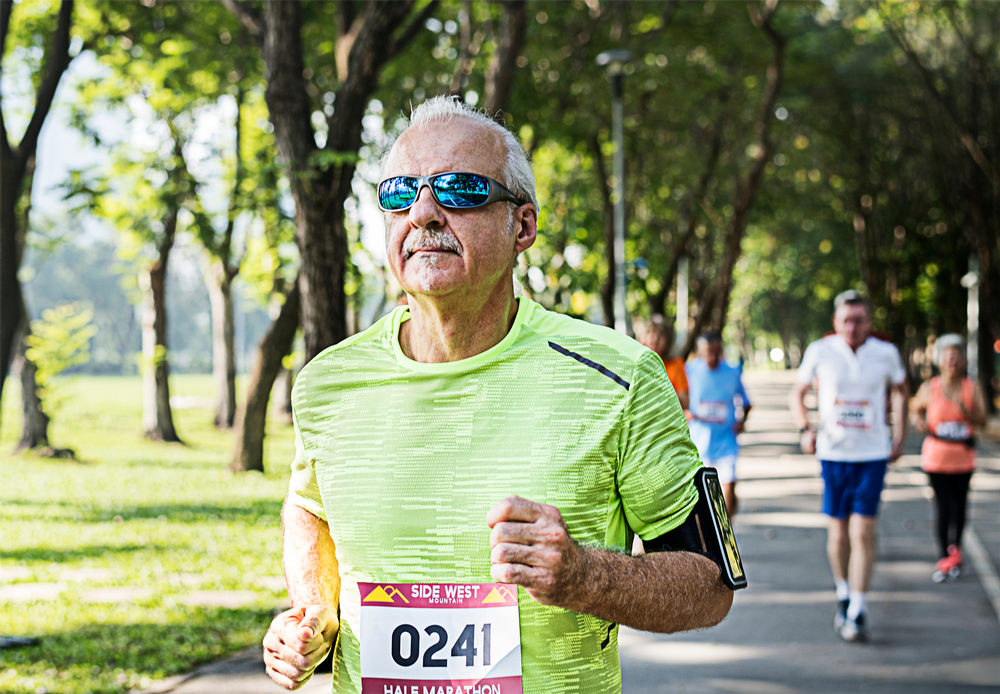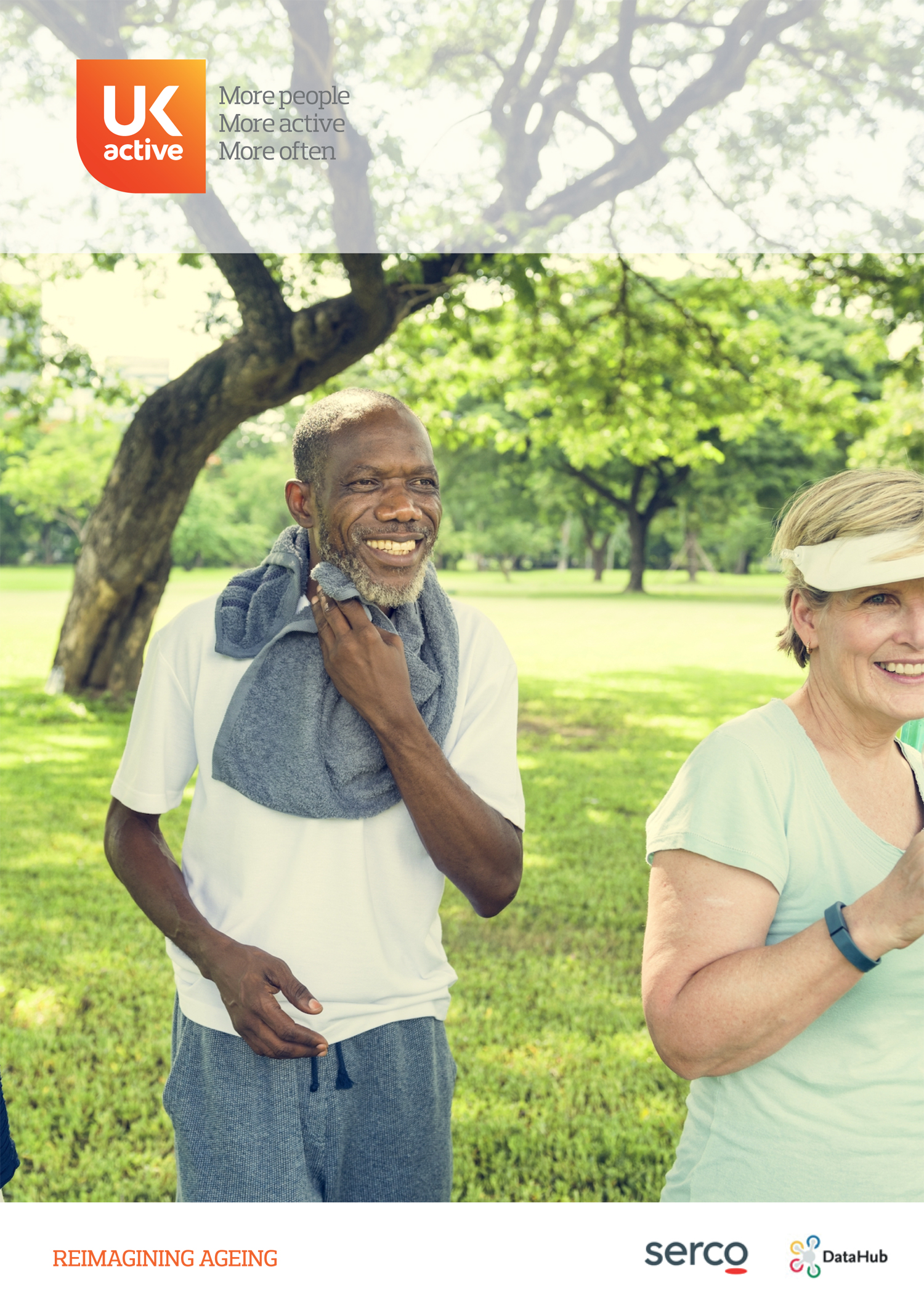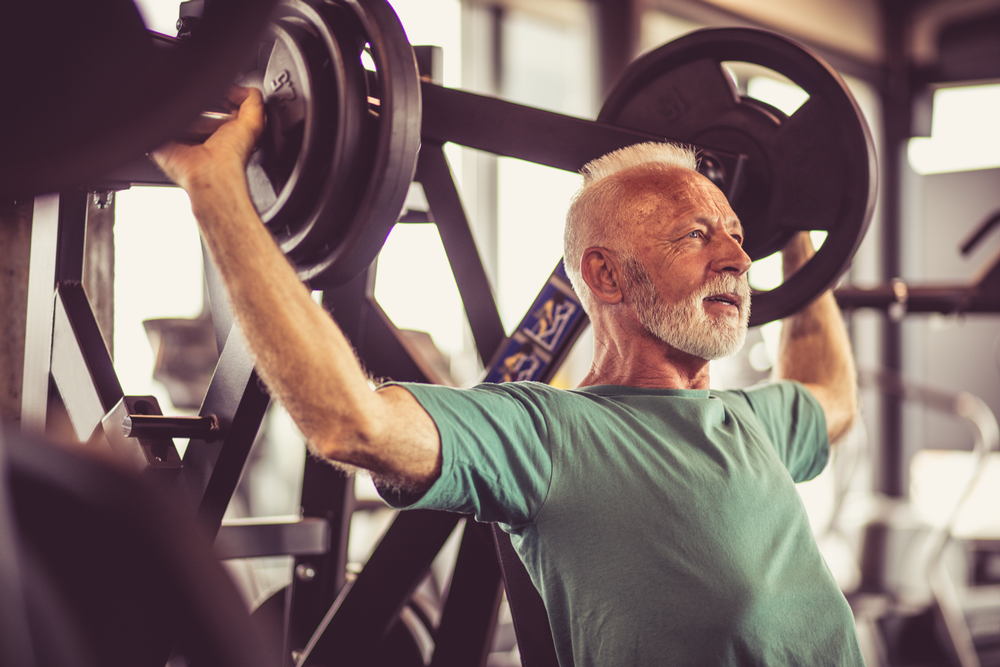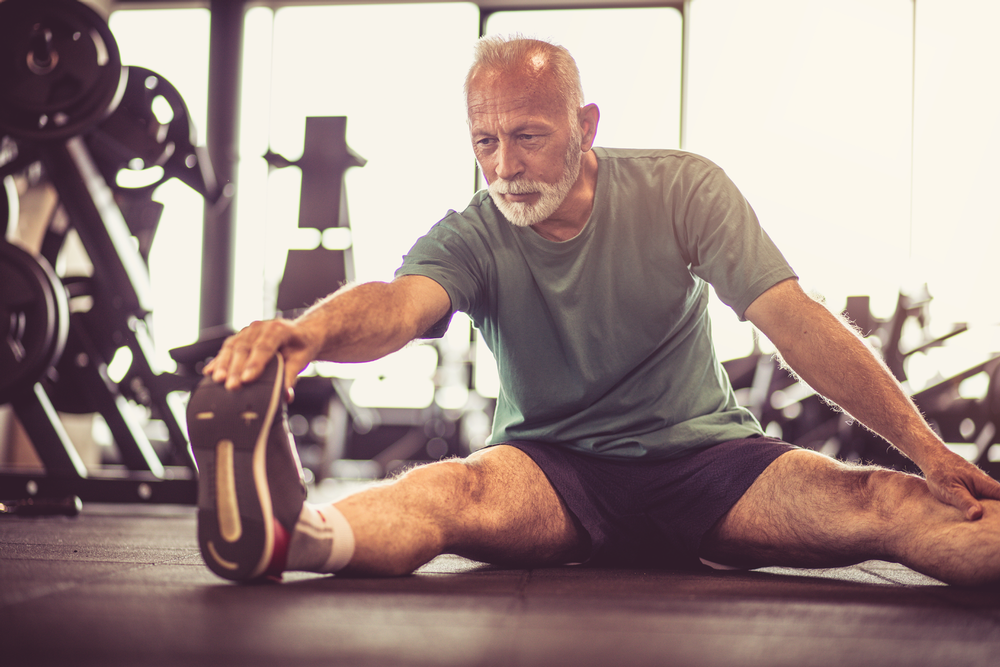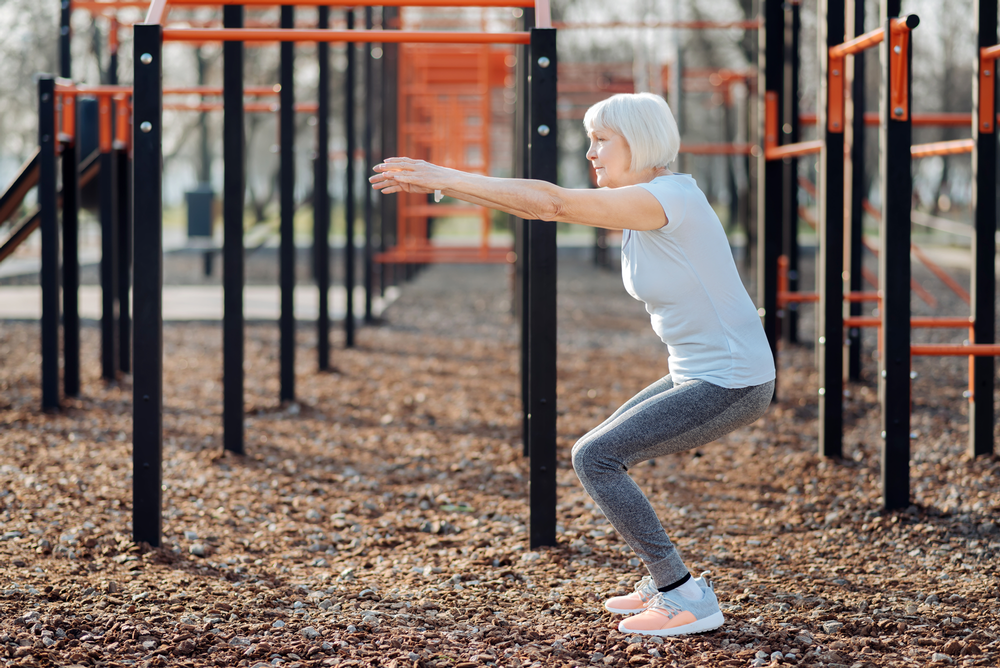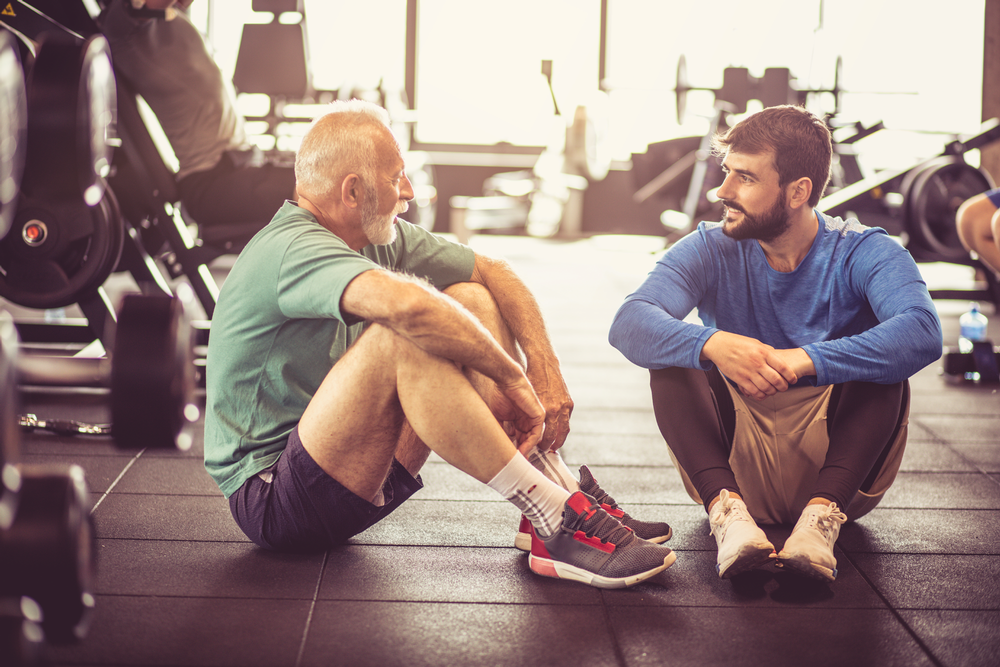Retirement. The time of life traditionally reserved for putting your feet up and taking it easy.
Or perhaps not. A new report, produced by Sheffield Hallam University, ukactive and DataHub, argues something health industry professionals have long known to be true – that people should become more active as they age, not less.
Reimagining Ageing, released at the ukactive National Summit in September, says older people’s lives are being cut short by inactivity and paints a compelling picture of how the cost of not tackling this challenge could threaten the NHS.
A few key facts: by 2030 the number of people in the UK aged 60 or over will hit 20 million – up 31 per cent from today’s figure of 15.3 million.
By 2040, nearly one in four people (24.2 per cent) will be 65 or older.
Over the same period, average life expectancy for those over 65 is expected to increase by around two years.
Using data collected by DataHub concerning over 500 million individual visits to more than 2,000 health and fitness and sports facilities, Reimagining Ageing offers insights into the state of our ageing nation, exploring the opportunities an ageing population presents to the physical activity sector and how we can meet older adults’ varied needs.
Active ageing really works
“Our population is ageing fast, with a proliferation of health problems. It has long been assumed such problems were directly caused by ageing, and could, therefore, be neither prevented nor treated,” says Sir Muir Gray, formerly chief knowledge officer for the NHS.
“However, we have clear evidence that ageing by itself is not a cause of major health problems until people are in their mid-90s. In fact, the problems we’ve ascribed to ageing are due to disease – much of it preventable – such as loss of fitness and negative attitudes to growing older.
“The loss of function and resilience we’ve assumed to be the result of ageing can, in fact, be influenced principally by activity: physical, mental and social,” he says.
The authors of the report state that the NHS and wider health system could save almost £8bn over a decade if just a third of inactive over-55s were persuaded to take regular exercise. So where do we begin?
Know your audience
We can’t make a difference if we’re not getting older adults into our facilities. The Moving Communities: Active Leisure Trends 2018 report by the ukactive Research Institute and DataHub showed that the level of engagement among older people is lower than required for them to meet their potential, despite 90 per cent living within 20 minutes of a local facility.
Older adults (aged 55+) currently account for 36 per cent of the population, but only 20 per cent of members of public leisure facilities fall within this age bracket. Usage rates of those aged over 65 fall lower still, accounting for only nine per cent of visits.
Bottom line: we’re not providing – or marketing – a sufficiently attractive offer to older people. And in failing to do so we’re missing a trick, because 70 per cent of the nation’s wealth is currently held by individuals aged over 50, and as a cohort, they spent £320 billion in 2017.
Activity providers must make better use of data to attract and retain the ageing population, says Utku Toprakseven, director of sports intelligence at 4global, which manages the DataHub: “Historically, some organisations in the physical activity sector have been forced to base business decisions on guesswork,” he explains. “Now we’ve got real-time information on millions of older consumers’ lifestyles, activity habits and buying preferences and can put it at their fingertips to deliver commercial returns, participation outcomes and social impacts.”
Cultural transformation
Getting our ageing population active will require a ‘cultural transformation’ of the perceptions we have towards ageing. As a sector, we must be prepared with the facilities, products, services, programmes and expertise required to meet the demands of an older population.
“We need to inspire a shift in how we approach our ageing years, with a major emphasis on building physical activity in at every step, to ensure long lives are also healthy lives,” says ukactive CEO Steven Ward. “The phrase ‘put your feet up’ is one of the most dangerous in the English language.”
The report calls for whole-society collaborations to create active environments via accessible community facilities, to embed physical activity promotion into the healthcare system and to harness new technology to make activity and exercise the natural choice for older people.
ukactive believes that one solution is Wellness Hubs, where physical activity facilities sit alongside local services such as libraries, police stations and GP surgeries, creating a single community focal-point that offers inclusive, welcoming and holistic physical activity experiences for a broad range of people. Evidence from existing Wellness Hubs has shown a positive impact on local communities, particularly among older populations.
The Reimagining Ageing report also highlights a lack of fitness professionals who can produce successful, tailored fitness interventions for older adults, explaining that 88 per cent of sector employers currently believe exercise professionals could be better supported to work with older adults. The age profile of the UK’s 57,000 fitness professionals also sees older adults hugely under-represented.
CIMSPA’s Labour Market Intelligence report revealed the average age of those working in the sector is 38, with nine per cent more 17-24 year olds in the workforce than the national average.
ukactive’s Steven Ward has been calling for “an army of older fitness instructors to lead the way, showing their peers how it’s possible to live not just longer, but better”.
“We want the government to support older people, by making it easier and more affordable to re-train as a fitness instructor or sports coach,” he concludes.
Time it right
The report encourages operators to look more closely at programming in order to provide more tailored activity opportunities for older people.
DataHub figures show 90 per cent of visits by people over 65 take place during the week, with almost half occurring late morning (9am–12pm), suggesting facilities could more effectively utilise capacity at off-peak times.
“This down-time, when facilities are under-utilised by other customer groups, means there’s substantial spare capacity available,” says Toprakseven.
“There’s an opportunity to attract more members from this cohort, by running programmes that are targeted directly toward them.
“The current under-utilisation means testing new approaches will be a zero or low-cost opportunity to identify solutions with a potential to scale,” he said.
Reimagining Ageing calls for a national research programme to help operators by identifying the specific barriers that account for the underrepresentation of older people in physical activity facilities.
“Supporting all older adults to maintain an active lifestyle requires a new, national approach,” says Ward. “We must reimagine what it means to age in the UK and transform the perception that ill-health and sedentary behaviour are a natural part of growing older.
“The solutions outlined in Reimagining Ageing represent the first steps toward creating this transformation,” he concludes. “They’re the fundamental building blocks that will equip the sector to ensure older people are able to live healthy and independent later lives. The costs of not doing so would be firstly the undermining of the future sustainability of the health system and secondly a failure to engage this untapped, lucrative market to the detriment of the commercial wellbeing of the sector.”
Sources:
• National Population Projections for the UK, 2014-based Office for National Statistics. 2015
• Shhh! Ageing is good business Eric Kihlstrom, Innovate UK. May 2018








